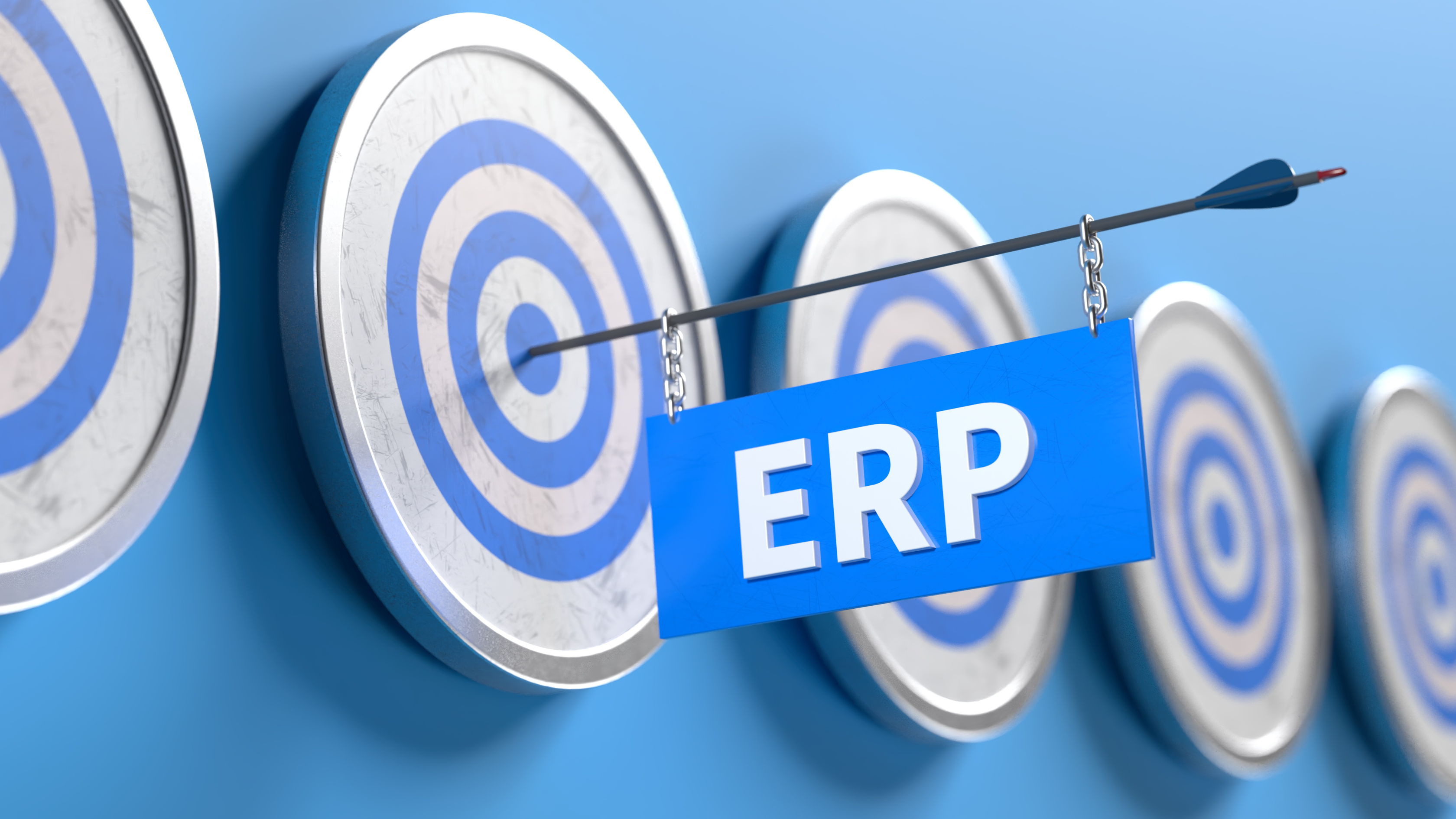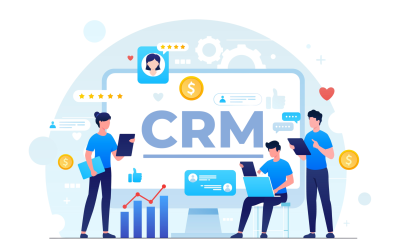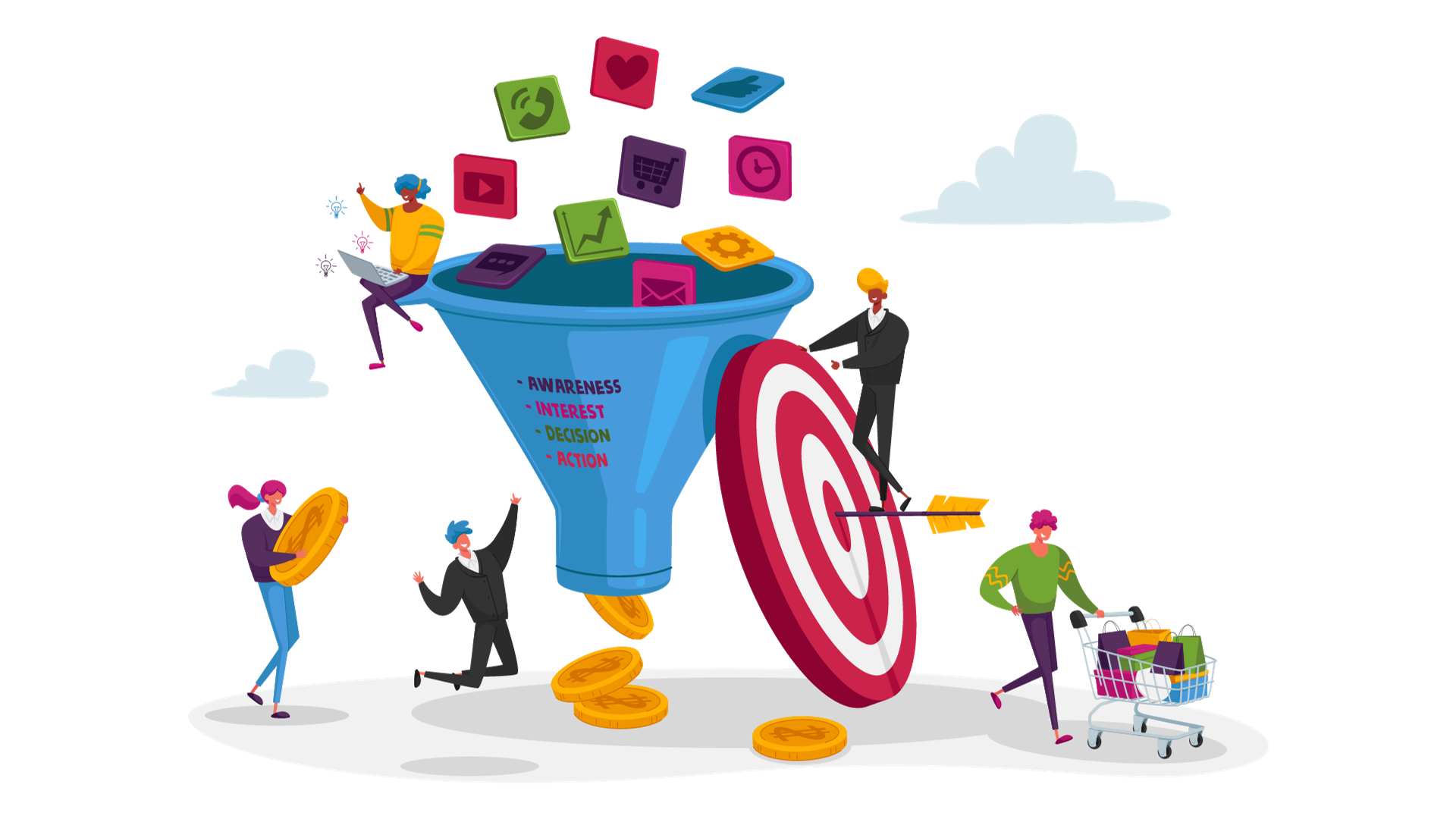ERP (Enterprise Resource Planning)
ERP (Enterprise Resource Planning) is evolving with time and technology, which is obviously a good thing for businesses. It is expanding rapidly with services that provide company-wide applications with excellent features that can be incorporated into other business solutions and are adaptable to changing business needs. Within the next ten years, the industry will undergo a fundamental change driven by significant changes in price structures, implementation approaches, and specific market adaptations.
The process of incorporating an enterprise’s planning, manufacturing, sales, and marketing operations into a single management system is known as enterprise resource planning. It connects all databases across the department into one database that all organization employees can access.
Now let us look forward to knowing the emerging trends to focus in
Trends in ERP:
1. CRMs are the Key Majors:
Companies have realized the necessity of using customer data to their advantage as a result of different consumer-based businesses performing poorly due to the increasing recession. Therefore, CRM systems tend to be the most popular purchases in ERP. CRM helps you save time and focus on each lead be it in any stage of the funnel.
It also stores relevant data which will show you the specific leads you want in just one click. CRM software is now been implemented by every other business as it makes tasks easier and simpler, especially for marketing and salespeople. With CRM integration you have less or 0 chances to miss the lead. Hence, CRM is stated as the most beneficial purchase in this software.
2. Shifting Focus on finance modules and management:
Budget burdens can develop gradually, driving up project expenses until they become uncontrollable. Enterprise Resource Planning software can be used by businesses to highlight their present expenditure habits and identify wasteful spending to tackle inflation. For you to fully understand all of your spending, financial reporting modules offer real-time data and information on recent expenses, historical revenue, and projected budgets.
Many business processes can be improved using modern ERPs to save money. As a result, firms will have less work to do for their staff in 2023, which will free up more time for them to work on projects with a greater return on investment. Additionally, automated reporting and forecasting tools enable the organization at every level to make better decisions.
3. ERP purchases based on needs:
ERP’s use in SMBs struggled by the fact that small businesses only needed a portion of the functions provided by full-featured Enterprise Resource Planning software. Other than the primary functions, some went unused, which decreased the investment’s overall productivity. The sale of ERPs software is currently based on customer needs.
ERPs are mainly for the organization who are dealing with too many factors in the business. With full-fledged ERP Software, businesses can do minor tasks in just a fraction of the time, which gives them more time to deal with other factors. Investing in this system is always a good idea be it a small organization or a big one, sooner or later it will drive you through business growth.
4. Cloud-based ERP:
The majority of organizations felt at ease with Enterprise Resource Planning programs installed on-site and were a little hesitant to use cloud-based options. But that is now changing, and more companies are deciding to use cloud Enterprise Resource Planning. This software market grew by 11% in 2021, reaching $44.4 billion in total software revenue. As end-user activity for new and expanded ERPs activities began to revive, the majority of significant suppliers experienced increased revenue growth.
After all, the implementation is more affordable, simpler, adaptable, and scalable, requires fewer internal IT resources, and allows for new features. When there was a pandemic and most employees were working from home, the ability to access data remotely, work, and interact has proven very valuable. Moreover, it lowers costs for both firms and employees because it saves money on transportation, rentals, equipment, and other expenses.
5. Mobile ERP is evolving towards cross-device experiences:
It is changing from simple apps to intelligent, multi-device experiences. A user’s tasks and checklists follow them across all the devices they use during the day with this more advanced type of mobile Enterprise Resource Planning, including a laptop, desktop, mobile phone, smart home speaker, smartwatch, smart TV, or nearly anything else that can connect to the Internet. Furthermore, the experience is smooth since the system remembers where it left off.
As widely understood, transitioning from mobile to desktop or PC comes with greater reluctance. Also, this software may currently be accessed on mobile devices, however, doing so is less user-friendly than doing it on computers and laptops. The availability of this system on mobile devices is inevitable since people prefer to interact with screens through touch than keyboard or mouse input.
6. ERP with Internet of Things (IoT):
IoT enables all or any of the physical devices or sensors connected to it to have constant network connectivity, allowing them to transmit data across a predetermined network without the need for human intervention. Using IoT alongside Enterprise Resource Planning will open up doors of potential results that may result in an intelligent ERP solution that is precise and versatile.
A firm must have faith in the accuracy of its IoT data before using it to drive decisions and actions because there are so many diverse players and data sources. ERP is useful in this situation. Even if the IoT is fascinating on its own, to truly work its magic, with trust and confidence, the data must be loaded in this system.
7. Customization:
The earlier ERP systems were fairly rigid because they were built on complex languages, but the most recent solutions are generally cloud-based, enabling customization and easy configuration. ERP solutions for specific industries are also being developed by software businesses. With personalization, the system is incredibly adaptive to a user’s method of work completion. It can pick up on trends, preferences, and working methods; it can even suggest shortcuts that can make people more productive and efficient.
Users can customize software themselves with low-code/no-code personalization; assistance from programmers or developers is not necessary. As the emphasis on customized and personalized solutions grows, it justifies the creation of this software that can include features like customizable dashboards and AI-driven interfaces. A notable illustration of this is AI-based chatbots that can respond to client inquiries that use text or voice inputs and historical data from the ERP system.
8. Two-Tier ERP:
Another development that aims to improve office collaboration is two-tier ERP. Two-tier system, so named because it originally included Tier 1 and Tier 2 system, now refers to any level of ERP solutions used in parallel by a single company.
Two distinct ERP systems are used by businesses with two-tier Enterprise Resource Planning to meet their demands. At the corporate level, a Tier 1 is utilized that has the capabilities needed to manage a significant international business. While divisions and subsidiaries operate a more adaptable Tier 2 that meets their unique requirements.
As opposed to trying to adapt a corporate ERP system to function for the entire organization, this solution is often less expensive. In these customized systems, one System serves as a focal point for data analytics while the other permits a greater concentration on particular company operations.
9. Stronger ERP Analytics:
Although data was being gathered, its full potential was not being used; this is about to change. They have now developed much beyond the “basic” level. The old dashboards have been replaced with AI-powered analytics, data visualization tools, and even future data analysis.
The use of analytical models to visualize possible future effects will be a future trend for ERP. If there is a chance that a machine may break down, for example, management can arrange maintenance and repairs in advance to limit how long business is affected. Using precise forecasts based on big data analysis, businesses can approach business planning more effectively and wisely.
In addition to providing the data, today’s sophisticated technology and analytics also help users complete their jobs, offer contextually rich insights, and flag problems alerting users and “inviting” them to engage in the process when a problem is discovered. We have advanced to the point where a system can even operate independently on behalf of a user with solid ERP analytics.
10. Opportunities for New Market Place:
Due to the fact that all businesses, no matter how big or small, now set up shop online using ERP, the popularity of this system Marketplace is increasing as time goes on and new versions of the marketplace with new features are being added. This will lower the cost of the system while also boosting competition in the various markets.
The development of market demands and trends will be significantly influenced by future trends. With time, more difficult issues can be resolved in clear ways that encourage both young people to launch startups and the expansion of the business sector.
Future of ERP:
All 10 of the above trends—including the move to cloud ERPs, integration with AI and the IoT, and adaptive ERP—will continue to gain momentum. Companies will continue to leverage these capabilities in the near future to increase their agility and get through the permacrisis period. They will also emphasize their capacity to provide simple, secure, and innovative technologies to enable distributed and remote workers. Businesses will be better able to compete and remain relevant in the current market.
Businesses that have already adopted cloud Enterprise Resource Planning will look at ways to maximize the potential of the cloud for their own gain. Businesses will also look forward to adapting their software for remote work because the COVID-19 pandemic has made sure that everyone will be ready in the event that another calamity strikes in the future. This calls for a greater focus on mobile systems capability, increased workflow automation, support for online training, and safe remote access to sensitive data. Additionally, it is very likely that supply chain management tools will be improved, giving businesses more security against future supply chain disruptions and unforeseen changes.
Wrapping It Up:
In 2023, the landscape of Enterprise Resource Planning is undergoing significant transformations, driven by a multitude of trends that are reshaping how businesses operate. From AI-powered automation to decentralized systems, these 10 major trends reflect the evolving needs of organizations to stay competitive in a dynamic business environment. As we peer into the future of this system, it’s evident that the journey is far from over. Anticipating further integration, enhanced user experiences, and deeper insights, the future of Enterprise Resource Planning promises to empower businesses with unprecedented efficiency and agility, ensuring they’re well-equipped to navigate the challenges and opportunities that lie ahead.






